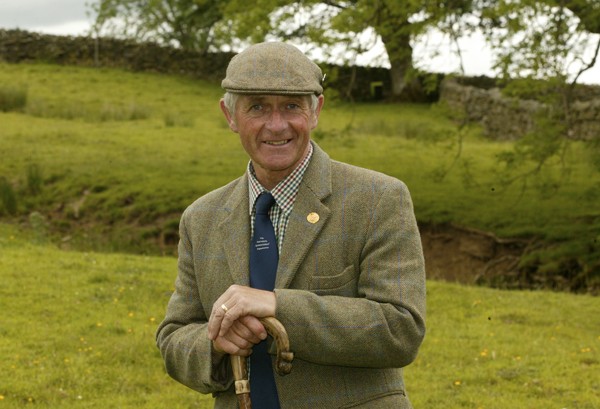Upland Keeper

It is odd to look back and see how a whole system has changed in a person?s lifespan, but that is exactly what has happened in the farming community since I came to Teesdale. In 1976, there was a number of families with a father and son working the same unit, and the son was more than happy to boost his not-great earnings by doing a bit of beating on the moor. Bit by bit we lost them as earning a living from hill farms became harder. Father and son combinations became quite rare, and we changed the look of our beating line by seeking helpers from farther afield.
Nowadays, we hardly have a father and son unit left in the valley, and many of the other farmers have another occupation to boost the family money pot. Many of these are linked to agriculture, working as self-employed contractors doing a variety of jobs.
It is just as well we do not rely on them anymore, as I have never seen as much standing grass in the dale at this stage in the summer, and any hope of any help on shoot days will now be down to a good week or two of sunshine in order to clear the dozens of meadow fields of the crop. Progress is on the side of the farmer these days, with more efficient machinery than just a decade or so ago. Even with modern machinery, however, you still cannot do anything if it is raining.
A reduction in raptor numbers
At least in grouse terms we have something to harvest. A friend has just come back from some bird survey work in Scotland, and other than on land managed for sport, he was of the opinion that the prey population had more or less gone. Even crows were scarce on much of the land he was looking at, probably aten by the larger raptors, if not as youngsters in the nest, then picked off as adults. Interestingly, his observations are almost the opposite of the RSPB?s, which contends that birds of prey are scarcer on land managed for shooting. As a non-shooting man, he saw far more on the sporting land than on the other.
There were few birds of prey on the non-sporting land in total and the fledging success of the common one, the buzzard, was very poor indeed, at less than a chick per pair. On some sites the main food supply of some buzzards is now frogs, and I wonder how long it will be before they reduce that supply to the point that it is not viable for them. Interestingly, the comments I have received following the footage of a buzzard taking an osprey chick in Scotland (News, 4 July) indicate that many people are wondering if the buzzard has had some impact on most of the other raptor species. Certainly I had wondered if the kestrel was simply being eased out on the food side of things, but it may be more sinister than that ? it may be being killed.
If the buzzard will take something as large as that young osprey, then what is to stop it taking the young of kestrels and sparrowhawks left alone on an open nest of twigs? The answer to that is nothing at all, and it is already known the buzzard will predate the young of rooks and carrion crows. The point of my friend?s comments is that the natural pyramid of raptors, and prey and predators in many areas has gone and that trend may well continue unless there is a shift in mindset by those who hold the power.
Feeding eagles foxes
Until retirement beckoned, another of my friends was employed to ensure there was suffi cient food for a pair of eagles in one corner of Scotland, and the situation was exactly the same there. Few predatory birds bred well, as there was insuffi cient food for them. Many spent time quartering the coastline for casualties, and the foxes he killed were living from what the sea could offer them. Without the coastline they could not have existed at all. In the end he was supplementing the eagles? diet with fox, something they would readily do themselves if the chance arose. At least it is a decent meal for a pair for a day or two.
Migrants congregate
It is almost sad to see the migrants getting into larger and larger groups. The swallows and martins are gathering on the wires in groups of 20 or 30, and I also noticed quite a few warblers foraging in our area of ornamental juniper and conifer. These are not residents, though I do have the occasional willow warbler breeding up here, but there were too many for that. My guess is that they will be pleased to go this time, as it has been a real trial for them all, and many will have fared badly. I could not help thinking that the start of the end of summer, if we ever had one, is now upon us.








